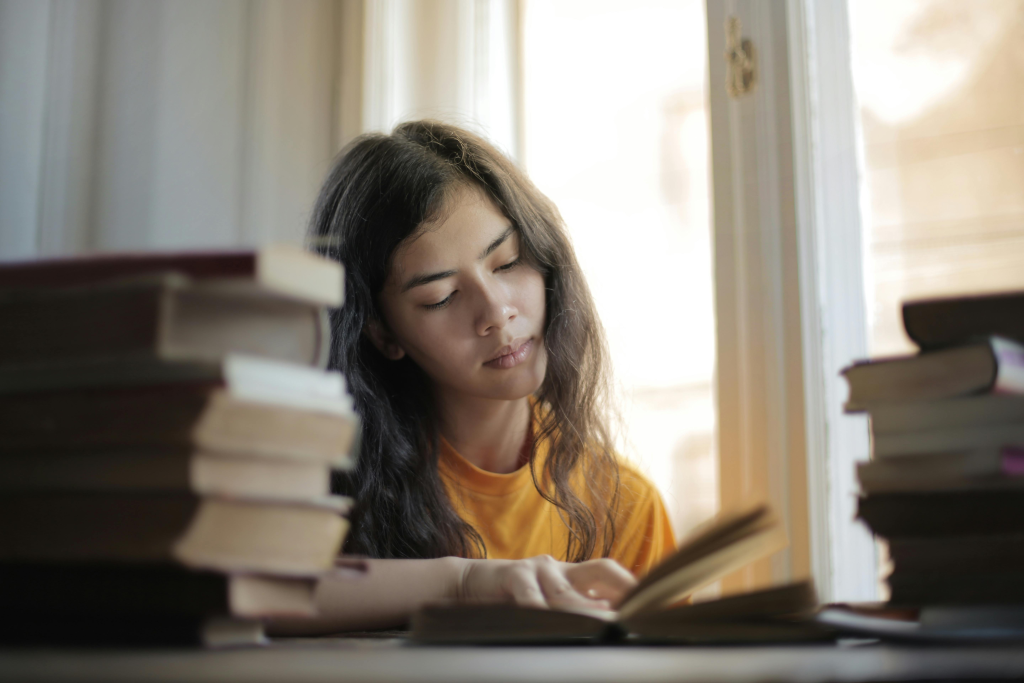Description: STEM tutor, Pedro, shares with us his views on how to engage students through interactive learning and drawing by unleashing the power of creativity in Education.
Retention and Understanding
In the realm of education, engaging students in the learning process is paramount to fostering a deeper understanding and retention of academic material.
Traditional methods of teaching, often reliant on lectures and rote memorisation, may leave students feeling disconnected and disinterested.
However, by incorporating interactive learning methods and drawing into the classroom, educators can tap into the innate creativity of students, transforming learning into an engaging and enriching experience.
Methods
Interactive learning methods encompass a wide range of techniques designed to actively involve students in the learning process.
From group discussions and debates to hands-on experiments and simulations, these methods encourage students to take an active role in their own education.
By engaging students in meaningful activities that require critical thinking and problem-solving skills, interactive learning fosters deeper comprehension and long-term retention of concepts.
One particularly effective interactive learning method is drawing.

Drawing not only appeals to visual learners but also stimulates creativity and imagination in all students.
When students are encouraged to visually represent concepts and ideas through drawings, they are not only reinforcing their understanding of the material but also actively engaging their minds in the process of creation.
The Benefits
There are several benefits to incorporating drawing into the classroom:
- Enhanced Understanding: Drawing allows students to visually represent complex concepts and relationships, making abstract ideas more tangible and easier to grasp. Through drawing, students can visualize the connections between different pieces of information, leading to a deeper understanding of the subject matter.
- Improved Memory Retention: Research has shown that the act of drawing can significantly improve memory retention. When students actively engage in the process of creating visual representations of what they have learned, they are more likely to remember and recall that information later on.
- Promotion of Creativity: Drawing encourages creativity and self-expression, fostering a sense of ownership and pride in one’s work. By providing students with opportunities to express themselves artistically, educators can tap into their natural creativity and inspire them to think outside the box.
- Increased Engagement: Drawing is inherently engaging and enjoyable for many students. By incorporating drawing activities into lessons, educators can capture students’ interest and motivate them to actively participate in the learning process.
- Promotion of Critical Thinking: Drawing requires students to analyze information, identify key concepts, and synthesize ideas into a visual representation. This process promotes critical thinking skills and encourages students to think deeply about the material they are learning.
Incorporating drawing into the classroom can take many forms, from simple sketches and diagrams to more elaborate illustrations and concept maps.
Educators can encourage students to draw during class discussions while reading assignments or as part of group projects.
Additionally, technology tools such as interactive whiteboards and drawing software can enhance the drawing experience and provide students with new ways to express themselves creatively.
Final Note
My years of tutoring have shown me that interactive learning methods and drawing offer valuable opportunities to engage students in the learning process and promote deeper understanding and retention of academic material.
By harnessing the power of creativity and imagination, educators can inspire students to become active participants in their own education, paving the way for success in the classroom and beyond.
By tutor Pedro. Contact Us




